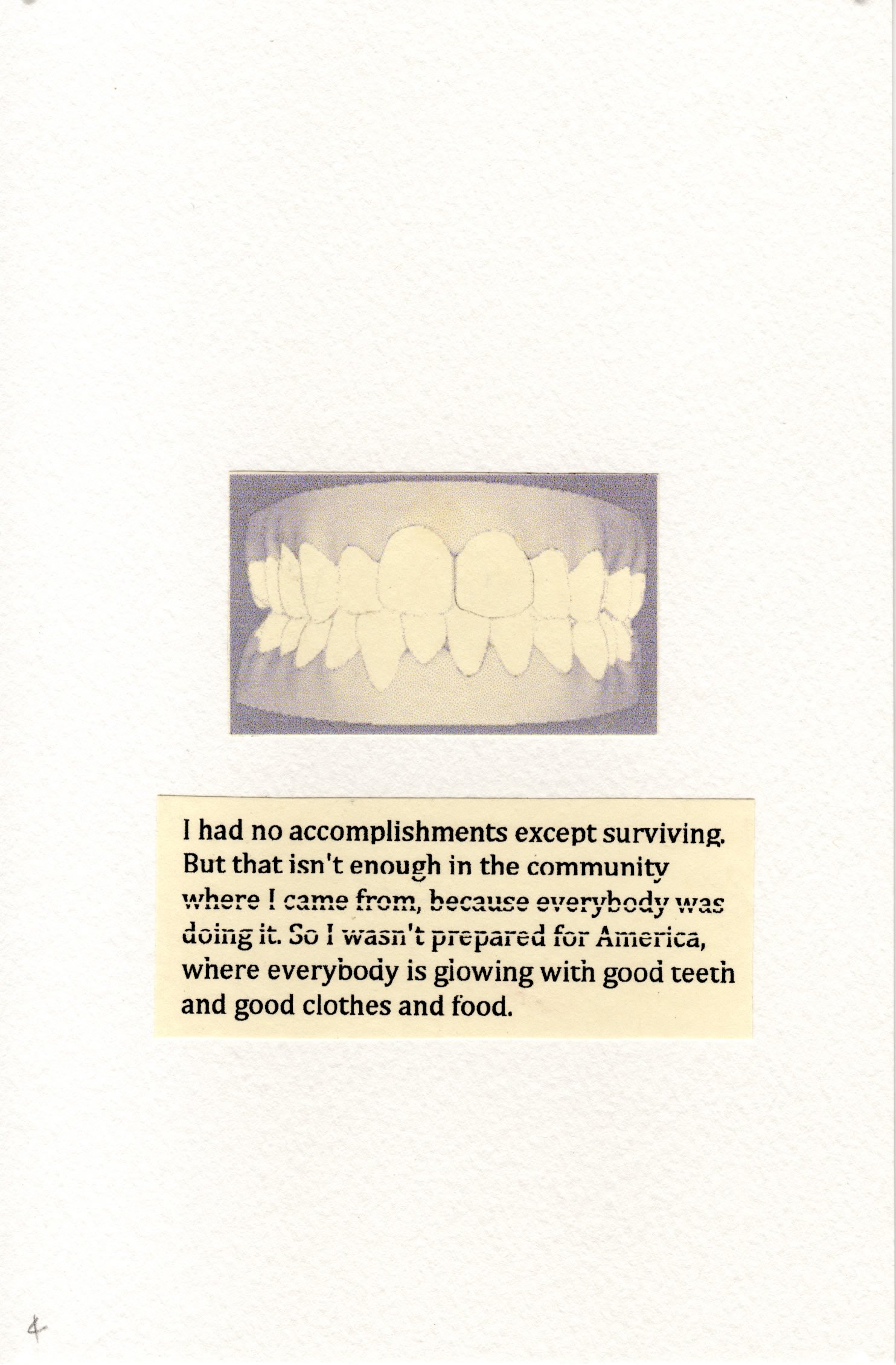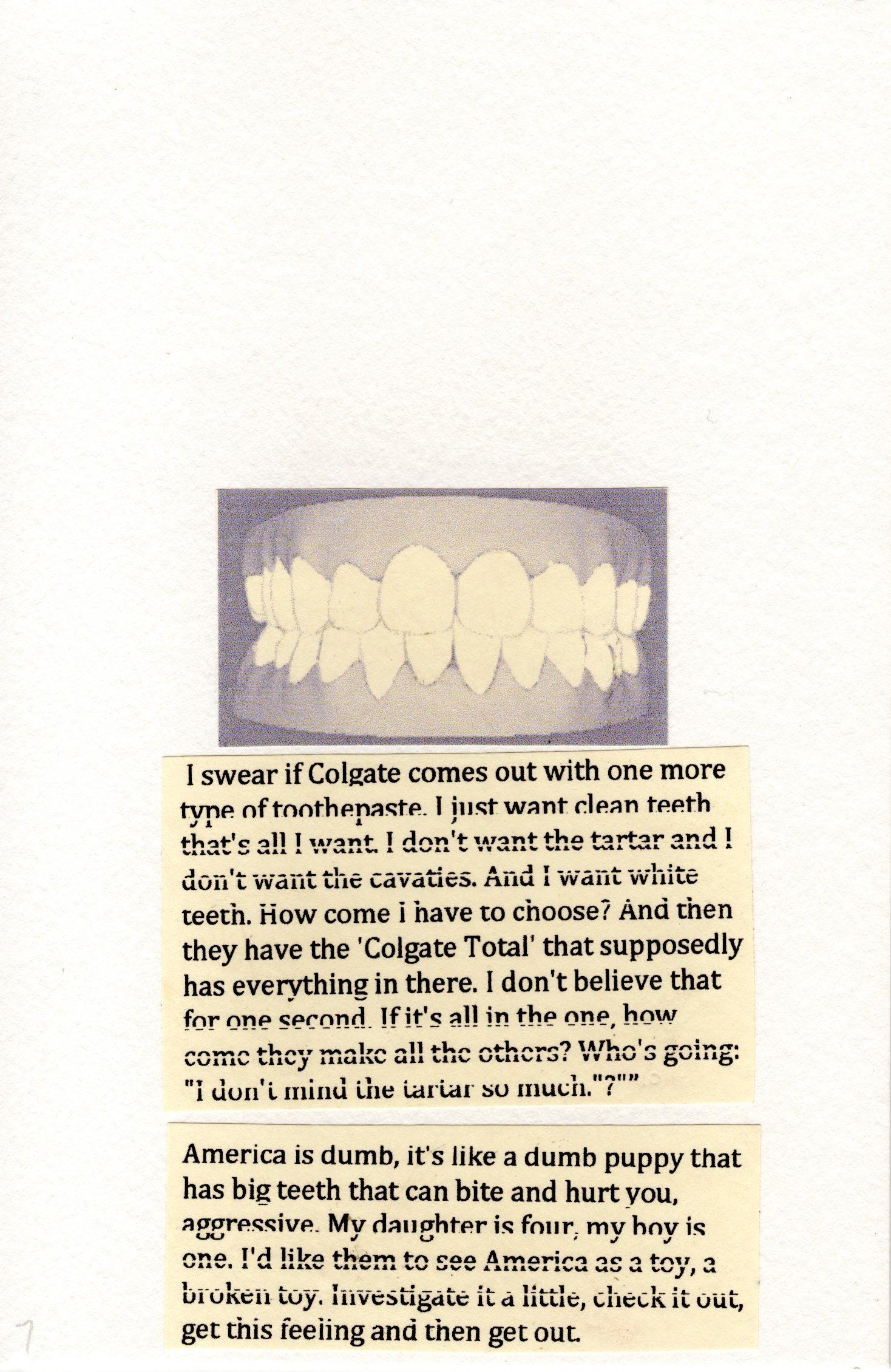Bee-vah
プロジェクト・ビーバー
OVERVIEW
TIME
October 16th, 2008 - 2009
MATERIAL
Teeth, invisalign
歯、インビザライン
DURATION
Approx. 318 days
約318日
INSTRUCTION
Bee-vah
Contemplate about my buck teeth.
2007
#3733F
ビーバー
出っ歯について考える
2007年
STORY
I was teased throughout my childhood for having a prominent set of front teeth, earning nicknames like ‘beaver’ and ‘rat.’ In 1970s and 80s Japan, braces were a luxury often reserved for the affluent, leaving me feeling isolated and self-conscious. This led to various coping behaviors, such as grabbing my teeth and covering my mouth when I laughed.
The project Bee-vah emerged from this deeply personal journey of grappling with my self-image. It has evolved into a broader exploration of how our appearances—particularly our teeth—shape our identities and influence our social standing.
This 10-piece sequential performative drawing delves into the intricate relationships between social anxiety, colonization, and the constructs of beauty and luxury within the dental economy. Through this work, I invite viewers to reflect on how our perceptions of teeth impact our experiences and connections in society.”
私は幼少期、前歯が大きいことでからかわれ、「出っ歯」や「ビーバー」といったあだ名がつきました。このような背景から、プロジェクト・ビーバーが始まりました。1970年代と80年代の日本では歯科矯正の文化はまだ根付いておらず、それは裕福な人々の特権とされていました。この経験が私の自己イメージに深い影響を与え、今でも続く様々な対処行動、たとえば歯を隠したり、笑うときに口を覆ったりする癖を生むきっかけとなりました。
このプロジェクトは、自己イメージとの葛藤を乗り越える旅であり、私たちの外見、特に歯がどのようにアイデンティティを形成し、社会的地位に影響を与えるのかを探る広範なテーマへと発展しました。
まずは、当時最先端の矯正技術「インビザライン」を受けることに決め、実験を開始しました。インビザラインは透明なマウスピースを用いて歯を矯正する方法で、従来の金属製のブレースに代わる新しい選択肢として知られています。
このプロジェクトは、10回の治療過程に基づいた10のパフォーマティブ・ドローイングで構成されています。さらに、社会的不安、植民地化、美の構築、そして歯科医療経済における贅沢と市場の関係についても掘り下げていきます。
CREDIT
SPECIAL THANKS
School of Museum of Fine Arts, Boston, Jamie McMurry
PHOTO COURTESY OF
Jeremy Chi-Ming Liu










